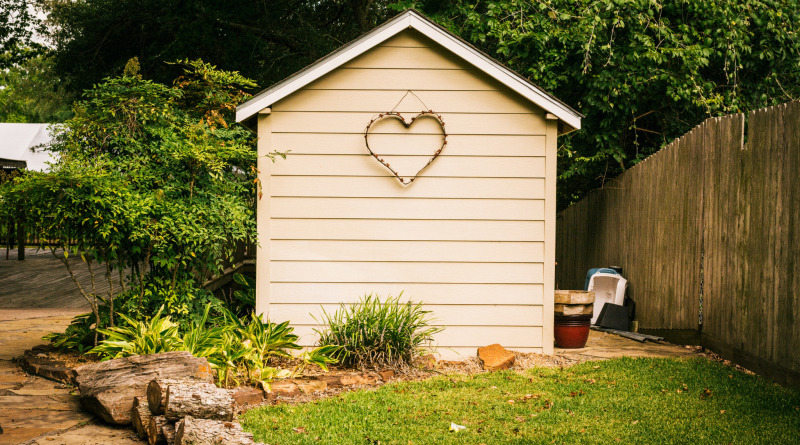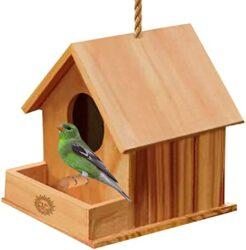Here are 10 facts about sun scald and why it’s not good for tree bark:
- Sunscald is a condition that occurs when the bark on the south or southwest side of a tree is exposed to sudden and extreme temperature changes, such as during the winter or early spring.
- The intense heat from the sun can cause the bark to heat up rapidly, leading to expansion and contraction, which can result in cracking, splitting, and peeling of the bark.
- Sunscald can occur on both young and mature trees and can be more severe on younger trees with thinner bark.
- Sunscald damage can create entry points for pests and diseases that can further weaken the tree’s health.
- Trees that have recently been transplanted or have undergone significant pruning are more susceptible to sun scald damage.
- Mature trees can also suffer from sun-scald damage if they suddenly lose their protective canopy due to severe weather conditions or over-pruning.
- The most common symptoms of sun scald include discolored or peeling bark, open wounds, and dead or dying branches.
- The best way to prevent sun scald damage is by providing adequate shade or protection for the tree’s bark, especially during winter or early spring.
- Applying a protective covering, such as a tree wrap or burlap, to the south or southwest side of the tree can also help prevent sun scald damage.
- In severe cases, trees may require professional tree care services, such as pruning or removal, to mitigate sun scald damage and restore the tree’s health.
In summary, sun scald is not good for a tree’s bark and can lead to severe damage if left untreated. It’s essential to provide adequate protection and care for trees to prevent sun scald damage and maintain their overall health.
Consulting with a professional tree care service can help identify and address any sun scald damage to trees.

